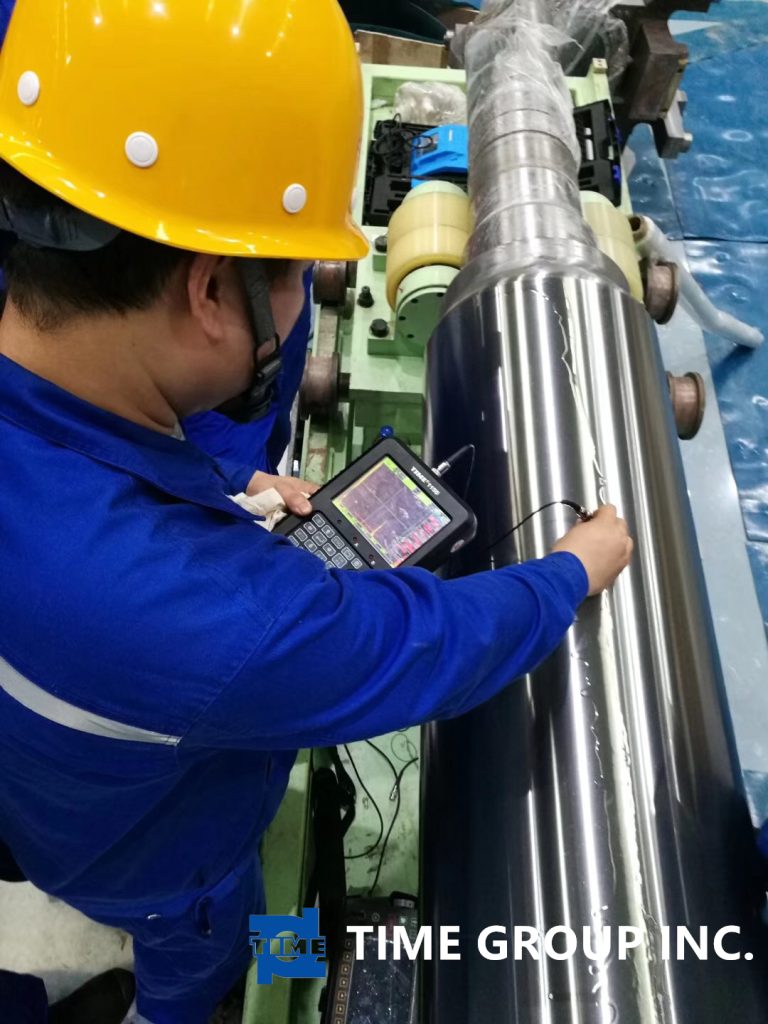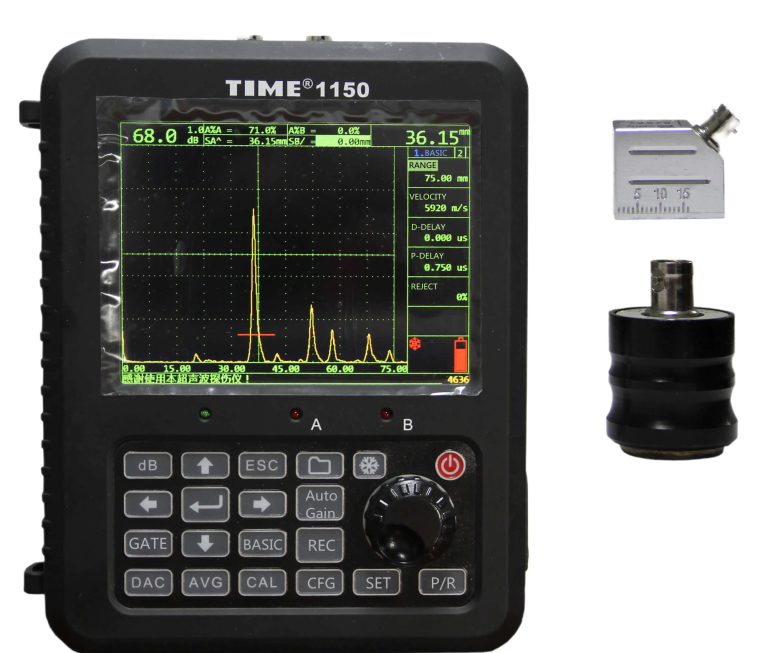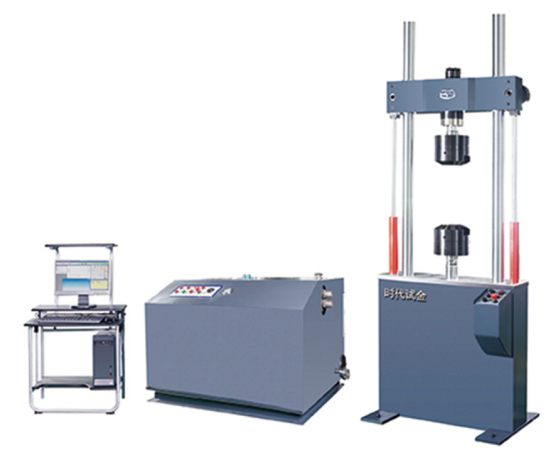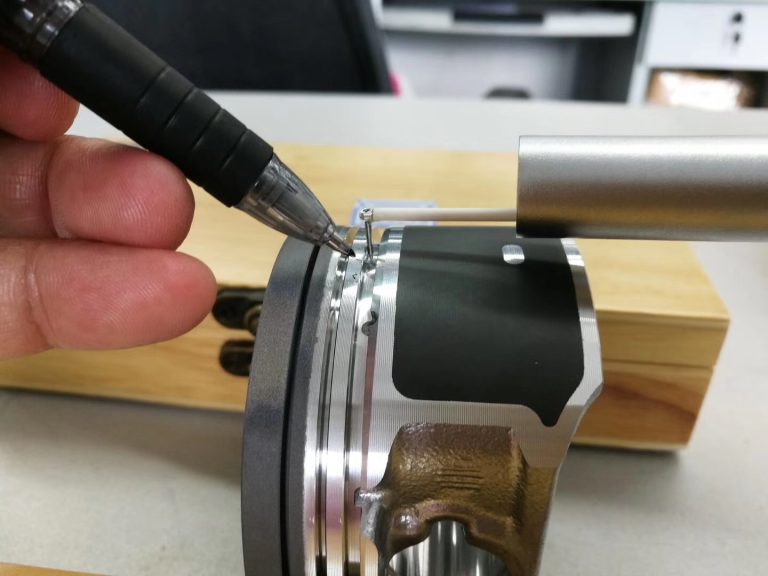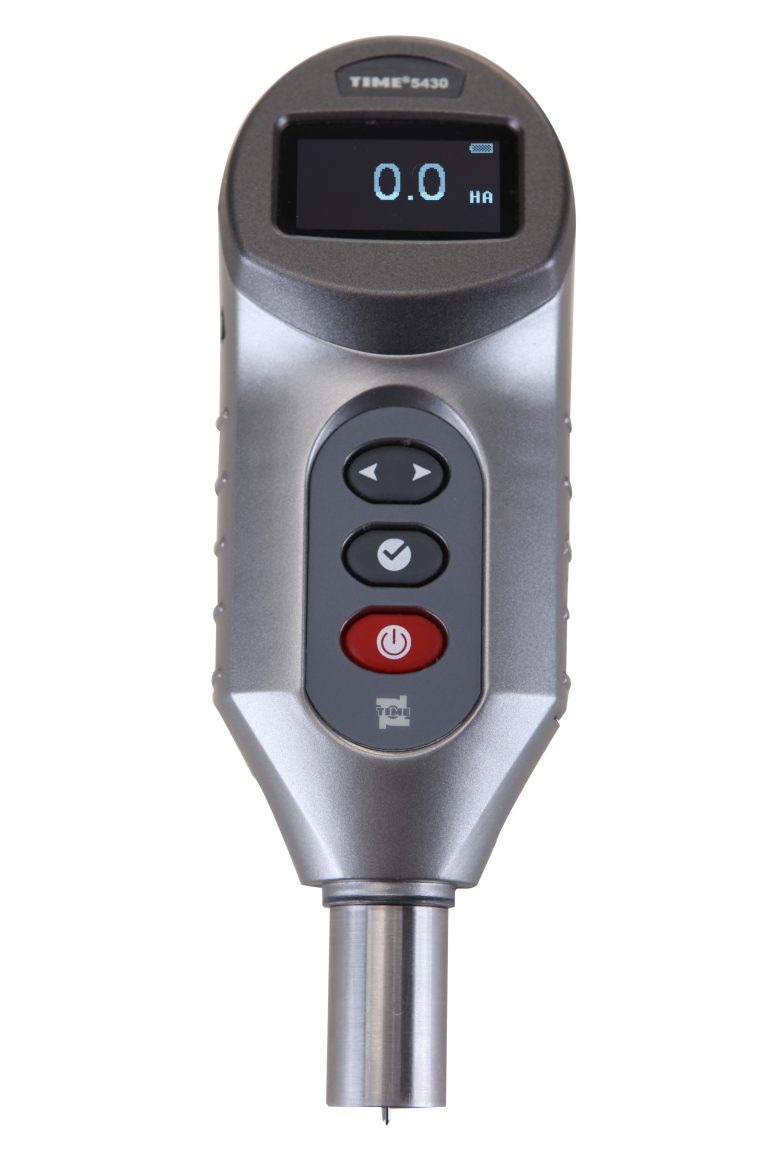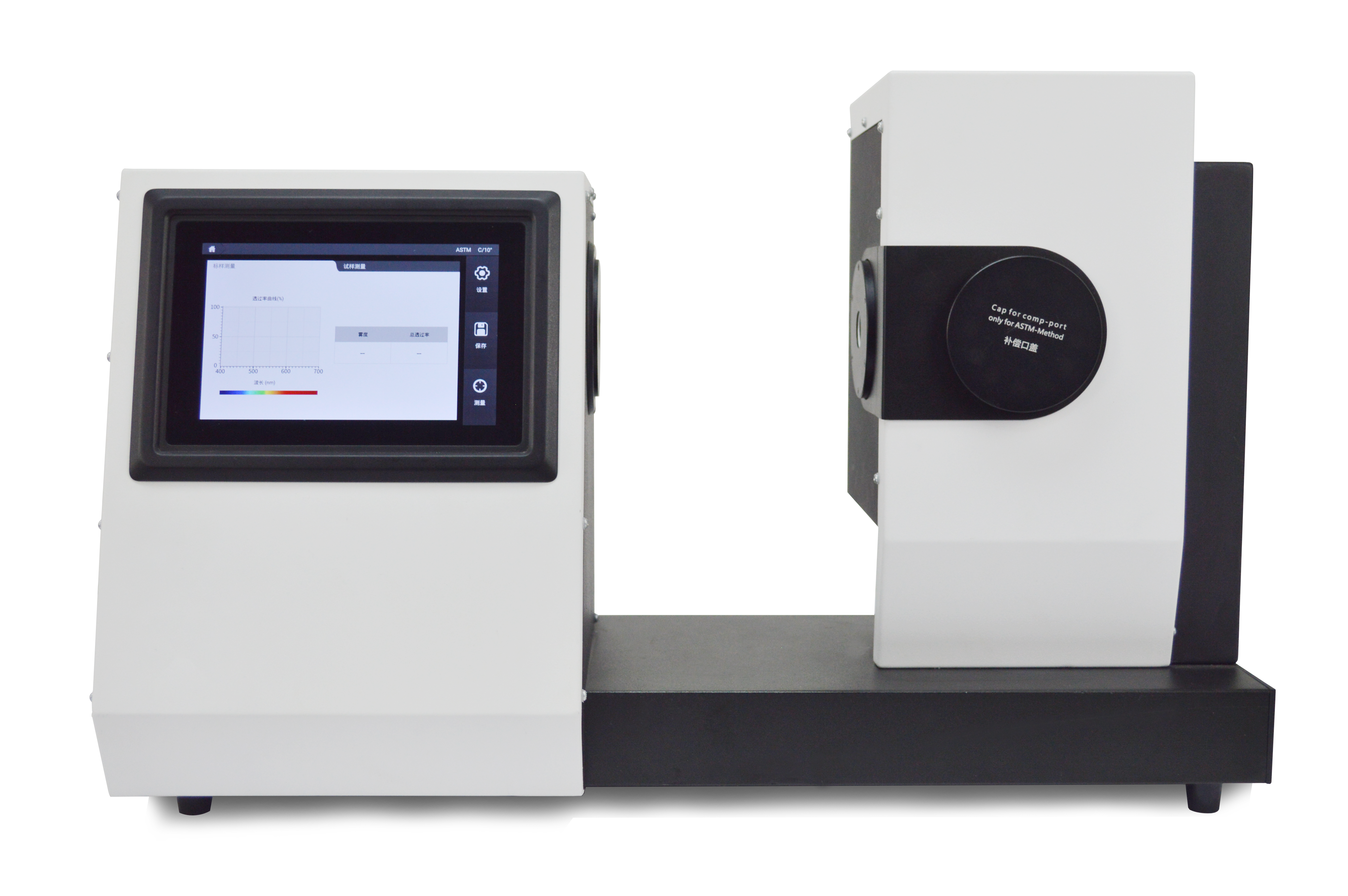What is surface roughness?
Answer: Surface roughness refers to the micro-geometric features consisting of small spacing and peaks and valleys on the machined surface of the part. It is a microscopic geometric shape error.

- How does surface roughness occur?
Answer: The surface of parts formed by cutting or other methods always has geometric errors due to plastic deformation of the material during processing, mechanical vibration, friction and other reasons.
3. What effect does surface roughness have on parts?
Answer: Surface roughness has an important impact on the friction and wear of parts, fatigue strength, corrosion resistance and the matching properties between parts.
- What are the main national standards for “surface roughness” in my country at present?
Answer: GB/T 3505 2000 Surface roughness term surface and its parameters;
GB/T 1031-1995 Surface roughness parameters and their numerical values;
GB/T 131-1993 Surface roughness symbols, codes and annotations for mechanical drawings.
- What is called the actual contour?
Answer: It is the contour line obtained by the intersection of the plane and the actual surface. According to the different intersecting directions, it can be divided into transverse actual contour and longitudinal actual contour. When evaluating and measuring surface roughness, unless otherwise specified, the actual transverse profile is usually used, that is, the profile on the cross-section perpendicular to the direction of the processed grain.
- What is the sampling length?
Answer: It is used to identify the length of a reference line with surface roughness characteristics. The rougher the surface, the greater the sampling length should be. The sampling length is specified in order to limit and weaken the influence of other geometric errors on the surface roughness measurement results. Within the sampling length range, it generally includes more than 5 contour peaks and contour valleys. For the selection value of the sampling length, please refer to GB/T 1031-1995 Surface roughness parameters and their values.
7. What is the assessment length?
Answer: It is a length necessary to evaluate the contour, which can include one or several sampling lengths. Due to the uneven surface processing of parts, in order to fully and reasonably reflect the roughness characteristics of the measured surface, several sampling lengths need to be used for evaluation. For the selection value of the evaluation length, please refer to GB/T 1031-1995 Surface roughness parameters and their numerical values.
- What is a baseline?
Answer: A reference line for evaluating the numerical value of surface roughness parameters is called the baseline. There are two types of baselines: the contour least squares midline and the contour arithmetic mean midline.
- What is called the contour least squares midline?
Answer: The least squares midline of the contour is the line that minimizes the sum of squares of the contour offsets of each point on the contour within the sampling length.
10. What is called the arithmetic mean midline of the contour?
Answer: The arithmetic mean center line of the contour is the line that divides the actual contour into upper and lower parts within the sampling length and makes the upper and lower areas equal.
- What are the basic evaluation parameters?
Answer: The three height parameters are the basic evaluation parameters, namely the arithmetic mean deviation of the profile (Ra), the ten-point height of the micro-roughness (Rz) and the maximum height of the profile (Ry); the other three are additional evaluation parameters, namely the micro-roughness of the profile The average spacing (Sm), the average spacing of the single peak of the profile (S) and the profile support length ratio (tP).
- What is called the contour arithmetic mean deviation (Ra)?
Answer: Within the sampling length, the arithmetic mean of the absolute value of the distance from each point on the measured contour to the contour centerline. The larger the Ra value, the rougher the surface. Ra can objectively reflect the geometric characteristics of the measured contour. The Ra value can be directly measured with an electric profilometer, but it is not intuitive enough.
- What is the ten-point height of microscopic roughness (Rz)?
Answer: Within the sampling length, the sum of the average of the five largest contour peak heights and the average of the five largest valley depths. The larger the Rz value, the rougher the surface. Rz is highly intuitive for evaluating surface roughness height parameters and is easy to measure on optical instruments, but it has limitations in reflecting the geometric shape characteristics of the measured contour.
- What is the maximum height of the profile (Ry)?
Answer: The distance between the peak line and the bottom line of the valley within the sampling length. The peak line and valley bottom line refer to the lines parallel to the midline and passing through the highest and lowest points of the contour within the sampling length, respectively. The parameter Ry is simple to measure. When the surface to be measured is small and it is not suitable to use Rz, Rz evaluation can be used.
15. How to determine the allowable values of surface roughness height evaluation parameters (Ra, Rz, Ry))?
Answer: See GB/T 1031-1995 surface roughness parameters and their values.

